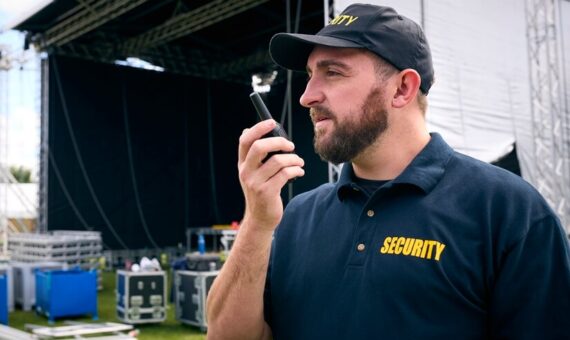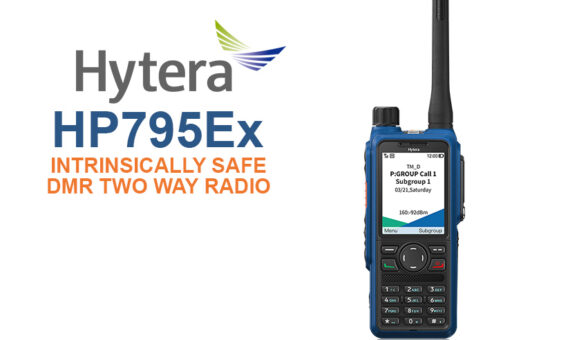If you own a walkie-talkie, you will already appreciate just how robust and reliable they are. However, like all technologies, sometimes things don’t go to plan.
Where reliable, simple, and clear communication over shorter distances is required, walkie-talkies are the only choice. Used throughout all types of industry as a communication and safety tool, walkie talkies are also heavily used in leisure activities and even just for keeping tabs on the kids.
This versatility is one reason why they are built so ruggedly. Walkie-talkies have to operate in everything from sub-zero temperatures to tropical monsoons (not to mention rainy days in Ireland) and never miss a beat. It is no wonder then that just occasionally, problems arise.
If you are unlucky enough to find yourself with a misbehaving walkie-talkie, don’t worry, this guide explains the most common faults and how to fix them.
Walkie-Talkie Care
Before discussing the common problems, it is worth touching on the subject of caring for your walkie-talkie. The proper care and maintenance of your walkie-talkies will lengthen the lifespan of your radio and keep many of the common problems at bay.
Walkie-talkie care & maintenance isn’t complicated and doesn’t take long, but the benefit is a radio that remains as reliable as the day it was unboxed. To help you keep your walkie-talkies in fantastic condition, you can check out our complete guide to walkie-talkie maintenance.
The 4 Most Common Walkie-Talkie Problems
This section walks you through the most commonly encountered walkie-talkie problems and how to fix them. Most of these are simple, and to start with, we will look at the simplest of all:
1. Walkie-talkie has a poor reception
If you are experienced with walkie-talkies, then you will likely already know all about this, but for beginners, this is one of the most commonly encountered issues and is easily remedied.
Much of the time, the problem of poor reception is simply down to the placement of the radio. This isn’t just where it is physically located either, although placing it inside a lead box will certainly degrade a signal!
Rather, it is the physical position of the radio that’s the problem. Antennas on walkie-talkies work at their optimum when the radio is held upright. Radios that are lying on flat surfaces can suffer signal degradation of 50% or more.
2. Persistent Beeping Sound
This one can have several issues at the root of the problem and may take a little troubleshooting, but it isn’t a complicated process and can be completed quickly.
The beeping sound is a warning that something is amiss. Certain walkie-talkie models may play a particular sequence of beeps. If that is the case, then the troubleshooting section of the user documentation should pinpoint the cause of the error.
If this isn’t the case, the most common causes of persistent beeps are listed below:
- Battery – The first thing to check is the battery, try swapping it for a fully charged battery and check to see if that does the trick. If the beeping is consistent with a particular battery, then this is likely the end of that battery’s useful life.
- Mic stuck in transmit mode – This can also cause persistent beeping. If you have a speaker mic, then try disconnecting and reconnecting it. If this doesn’t work, then the old “turn it off and back on again” trick often clears this issue.
- Wrong Channel – This problem can occur as the result of a channel error. If the channel has switched, then the solution is as easy as switching it back to the appropriate channel.
3. Poor Audio Quality
This is one problem where a little maintenance can help. A common cause of poor audio quality is simply a build-up of dirt and grime around the speaker vent and even the speaker itself.
This can be remedied just by carefully cleaning around the grill with a soft cloth, you can use ear swabs to get into tricky corners. In extreme cases, a quick blast of compressed air at a good distance so as not to damage the speaker can be tried. But to be on the safe side, a quick service by a trained technician is always a better option if it has got to that stage.
4. Radio isn’t transmitting problem
Walkie-talkies are built to withstand a lot of abuse. However, the necessity of an external antenna is a point of vulnerability. Because it is the part of the walkie-talkie that is most prone to damage, this should be the first port of call when troubleshooting a transmission problem.
Transmission problems are more likely than not down to antenna damage, or it’s simply not being attached properly. The first thing is to make sure the antenna is seated as it should be. If it is, then the next thing is to carefully check the antenna for signs of damage. If any damage is found, then the antenna will need to be replaced.
Conclusion
Basic routine maintenance is the best way to keep your radio operating for years to come, but even then, batteries have finite lives, and antennas do break, so problems will always arise at some point.
We hope this guide has helped you identify and fix any problems you are having with your radio. If you need any further help, then our trained staff are always on hand to assist.







